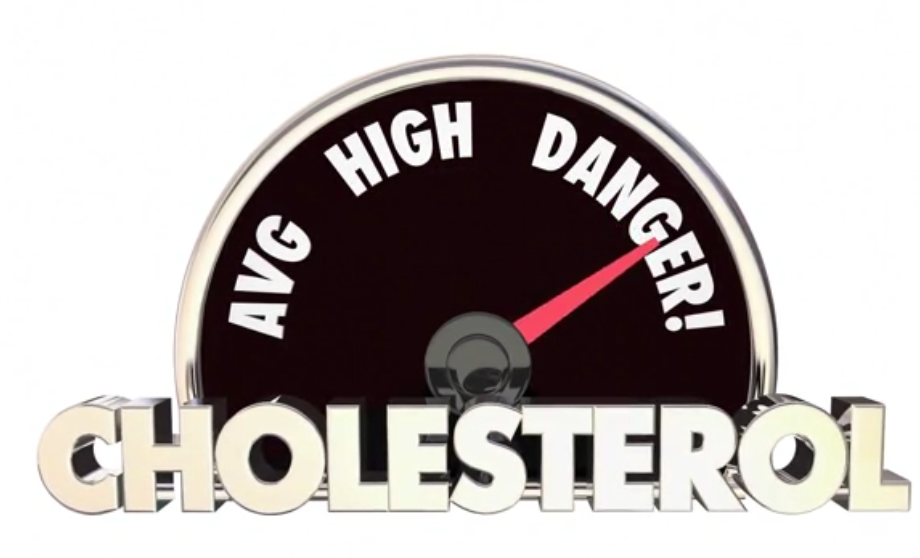HDL, lipoproteins, the good cholesterol.
HDLs have 3 different origins: they can be synthesized by the liver, by the intestine, and they can be derived from surface detachment of chylomicron portions and VLDLs.
In each case they have the important role of returning cholesterol to the liver: this is called reverse cholesterol transport.

Nascent HDLs (bottom of the figure) have a flat disk shape with a lipid bilayer in which type A apoproteins, mainly apo A1s, are embedded.
When a HDL matures, it is enriched with esterified CE cholesterol that forms the core and transitions from flat disk shape to spherical shape.
Both gut and liver cells can secrete apo A1 into the bloodstream which can result Image containing text, map
Description also automatically generated from VLDL and chylomicrons, in this case together with some lipids. Nascent HDL is formed precisely by the addition of apo A1 along with lipids from other LP lipoproteins. There is a continuous exchange of surface apoproteins and esterified cholesterol that is carried over to the chylomicrons and VLDLs.
HDLs can arise from the liver and intestine. HDLs continually oscillate between HDL 3 and HDL 2, the latter being larger and more lipid-rich through the transfer and purchase of esterified cholesterol.
It is through LCAT converting free CL cholesterol to esterified CE cholesterol that HDLs switch from flat to spherical disc.
How do we get rid of cholesterol?
Part of the cholesterol that accumulates on HDL is transferred to chylomicrons and VLDL and these will transfer it to the liver. Roughly half of the esterified cholesterol is transferred to the VLDLs becoming LDLs which transfer it to the liver. Another possibility is that HDL transfers cholesterol to the hepatocyte through SRB1. For HDL, there is no endocytosis mechanism.
At some point Apo A1 detaches and is filtered into the renal tubules and picked up by tubule cells and broken down. The very few remaining attached lipids are taken up at the tissue level at the same time as Apo A1 detaches.
Why is it that LDL cholesterol is bad while HDL cholesterol is good?
HDL plays several anti-atherogenic roles and plays an important role in reverse cholesterol transport, collaborating in its disposal.
Ultimately, if an individual has high HDL levels, he or she gets rid of excess cholesterol well.
HDL levels are inversely correlated with those of VLDL, IDL and LDL and with the risk of coronary heart disease.
Estrogen lowers LDL cholesterol and raises HDL cholesterol. This explains the lower incidence in women of childbearing age of cardiovascular disease.
There are several ways to lower cholesterol: ion exchange resins eliminate bile because they decrease the absorption of bile acids, forcing the liver to produce more bile acids. This results in a greater need for cholesterol in the hepatocytes that will express a greater amount of LDL receptors. If you then add a statin, an inhibitor of the key enzyme of cholesterol synthesis, to these resins, you force the hepatocyte to increase the expression of LDL receptors and increase the uptake of endogenous cholesterol.
![]() HDL
HDL 

